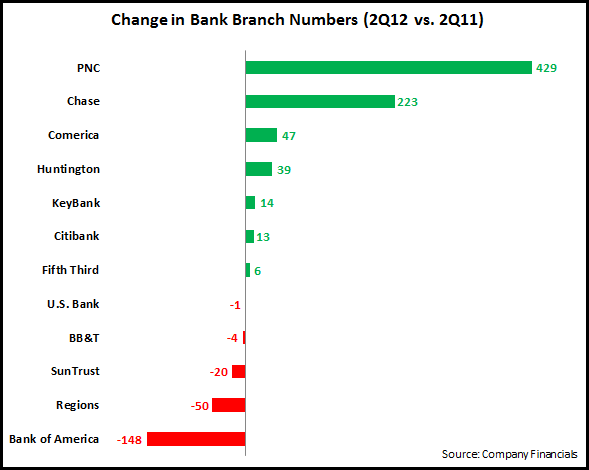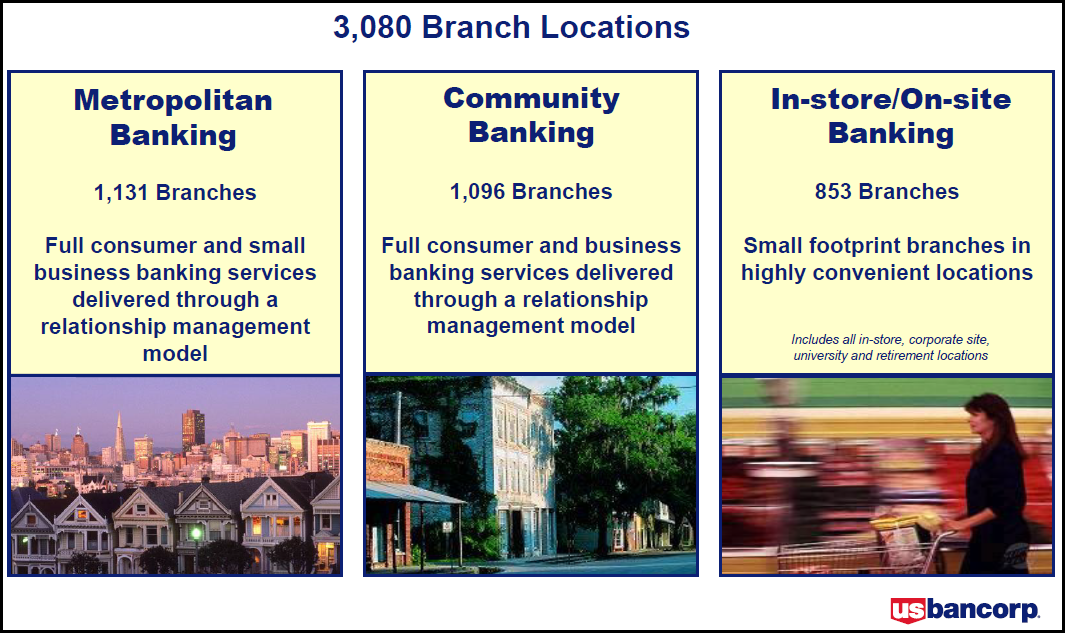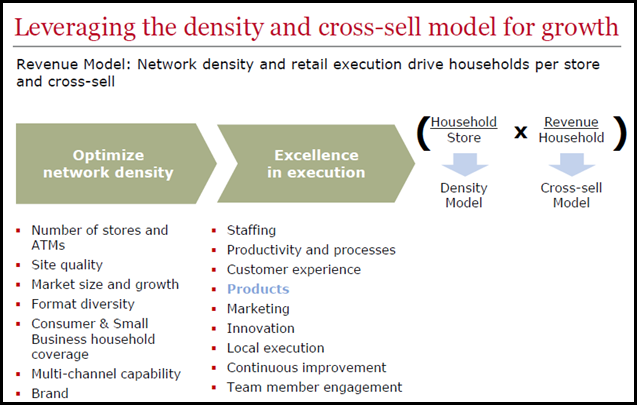Enterprise gamification — the application of social gaming theories and techniques in business environments — is taking off, with Gartner projecting that 70% of Fortune 2000 organizations will have at least one gamified application by 2015. However, Upstream recently reported that, while 78% of marketers believe that customers are more likely to respond to game-based marketing, only 27% have actually deployed the strategy. Reasons for this disparity include a reluctance to embrace new technologies and processes, as well as the lack of a blueprint on how to create and roll out such programs.
However, we are now seeing a broad range of firms from many industries deploying gamified programs to educate customers, train staff, introduce new products or service, as well as building greater engagement with customers, prospects and employees. Some recent examples of gamification in action include:
- Health care benefits provider Aetna teamed up with Mindbloom to offer the premium Mindbloom Life Game to improve personal wellness for customers and employees.
- Extraco Bank of Texas used the Bonus Banking Game to promote benefits and improve conversion rates for a new checking account.
- GM’s Buick created a series of smartphone games to educate consumers on e-Assist, its fuel-saving technology.
- Verizon Wireless gamified its online entertainment and lifestyle portal, Verizon Insider, which resulted in significant increases in traffic on the site.
Based on EMI’s experience in developing and deployment gamification programs for our clients, here are a few best practices to guide your success:
- Clearly define your game objectives, or you’ll find it gets lost in chutes and ladders. Articulate your goals and make the desired changes in customer/employee engagement measurable. And don’t limit yourself to education…product testing, employee recruitment and customer acquisition can all be addressed with gamification.
- Remember the technology baseline and limits of your audience. User experience is key to success; if your audience is all mobile, test on the full spectrum of devices and keep the real estate and graphic limitations of smartphones and tablets in mind. If you’re targeting employee audiences in locations far and wide, download speeds can be a limiting factor.
- Make it fun, but not too easy. Everyone loves to win, but make it too easy and boredom will drive users away. Make winning too hard, and the game will also fail.
- Positive feedback is required. Who doesn’t like encouragement? Let players see their wins early and you’ll encourage longer sessions, more attention and greater learning.
- Mix up the rewards. Choose incentives based on the desired behavior changes and their value to you, and use “soft” rewards like badges and leaderboards to increase ROI. Of course, real incentives like miles, points or virtual currencies up the ante.
- Ensure that players understand the ultimate aim of the game. Players may view the knowledge or experience they gain from the game as additional incentive to play. For instance, if the ultimate purpose of your enterprise gamification program is to enhance customers’ financial literacy, players may be just as motivated to play by the education they will receive as they are by the points they earn along the way.
- Keep score on user engagement. Get feedback from users on their experience, and use it to improve future programs.



